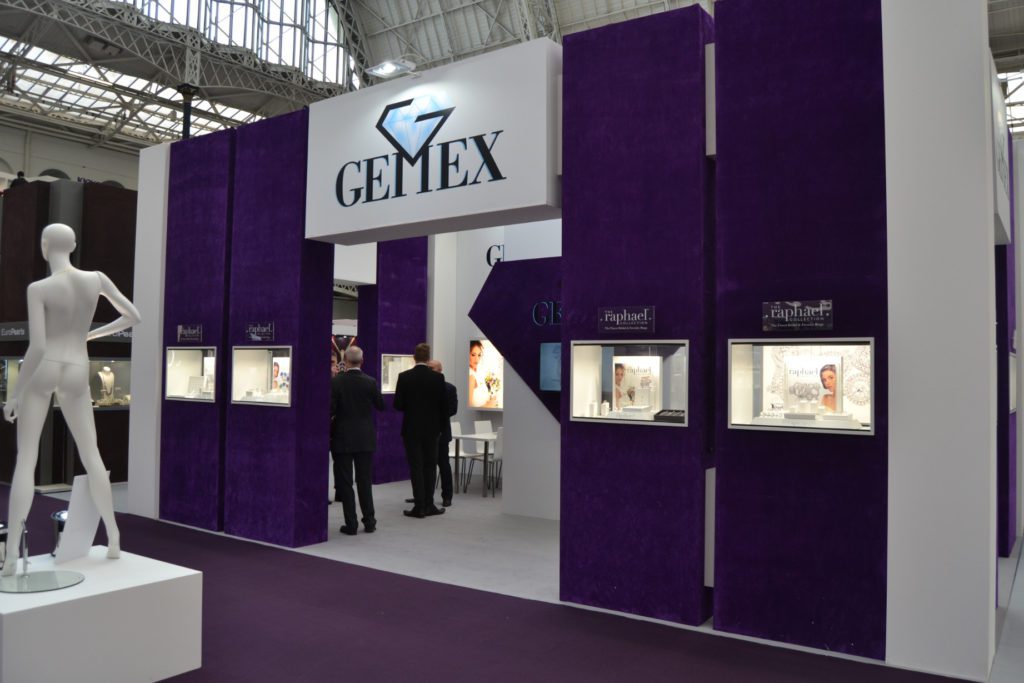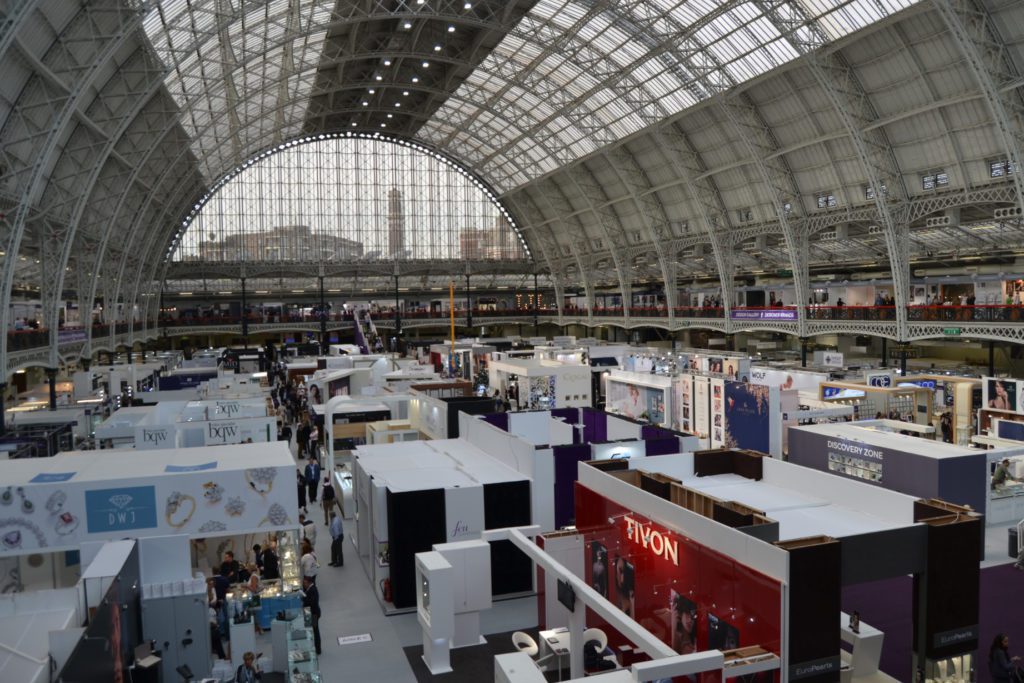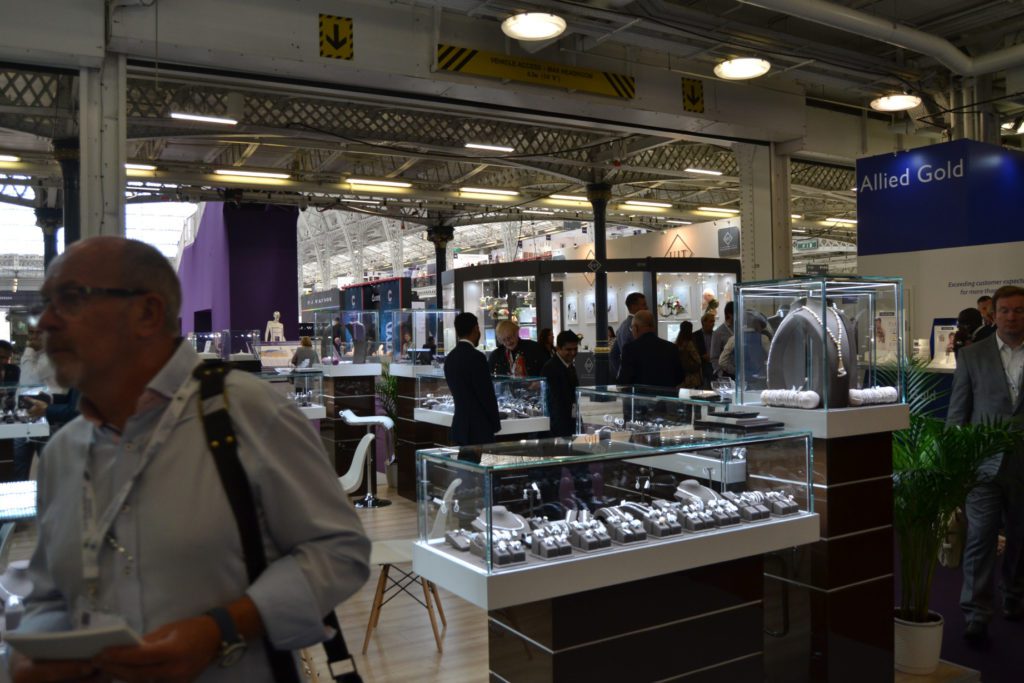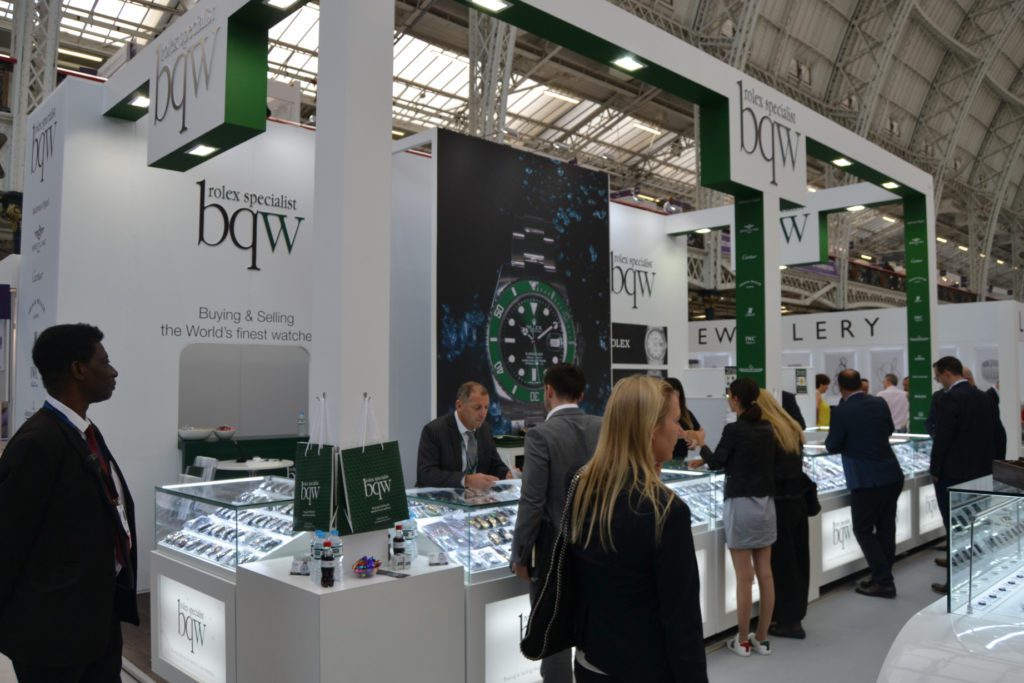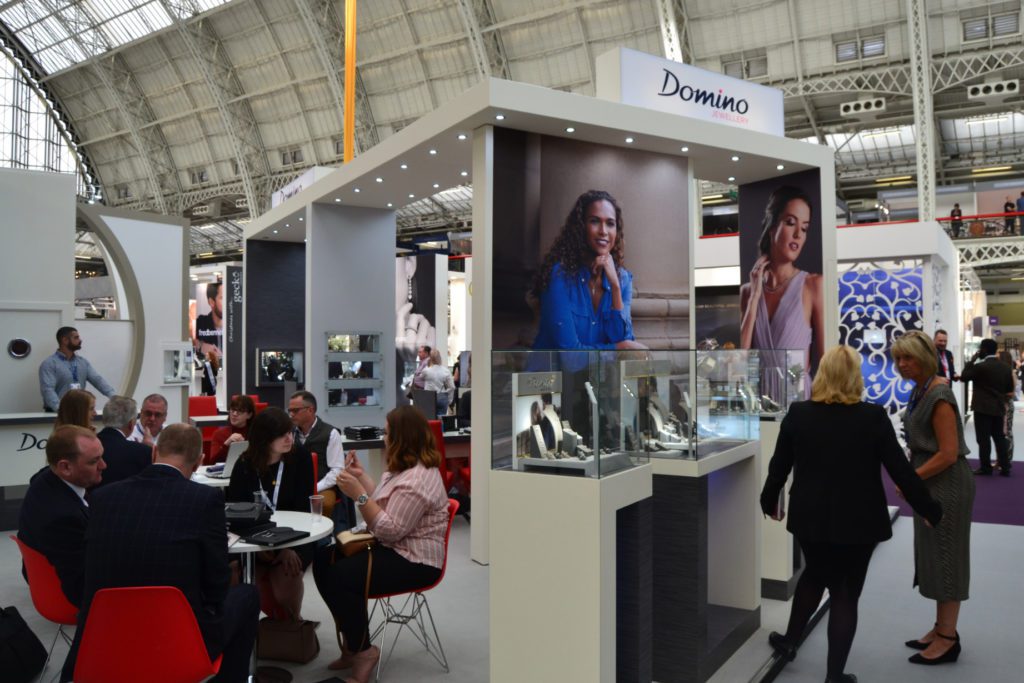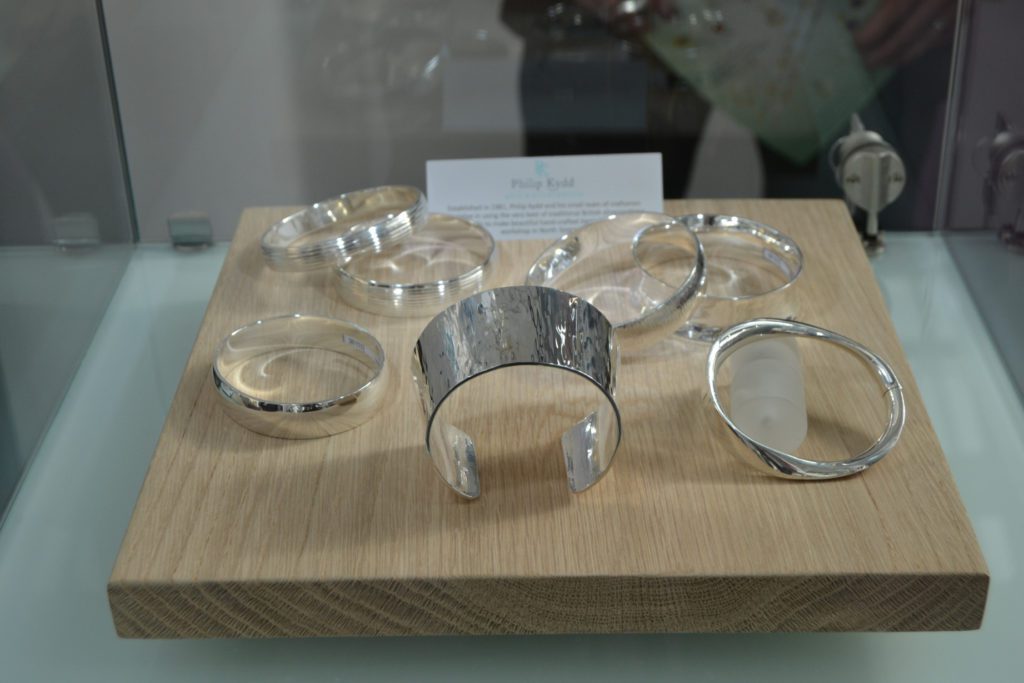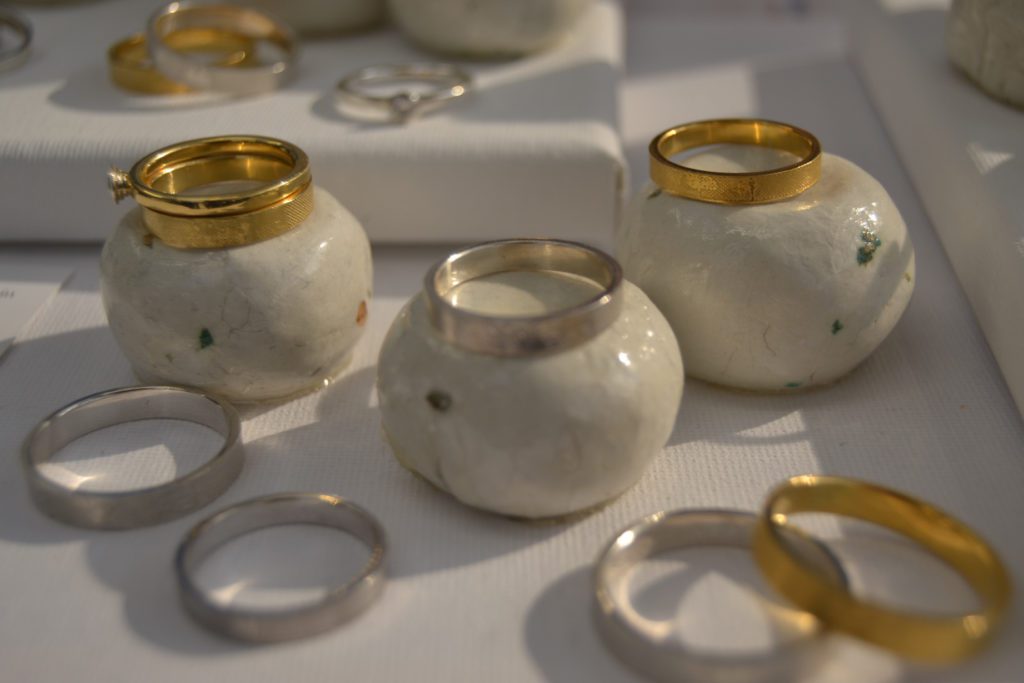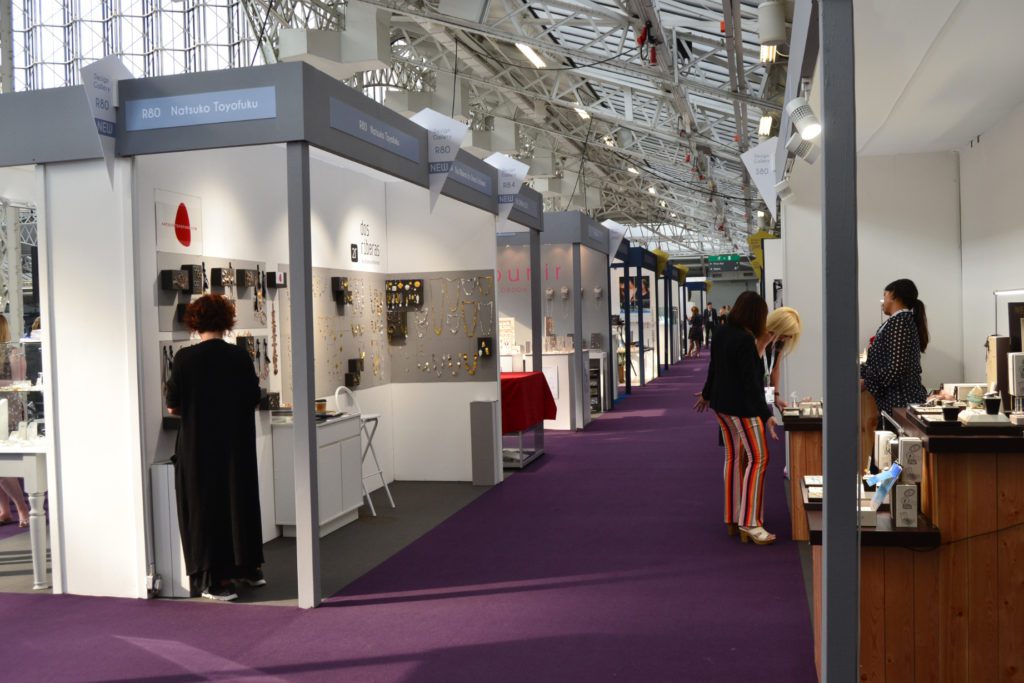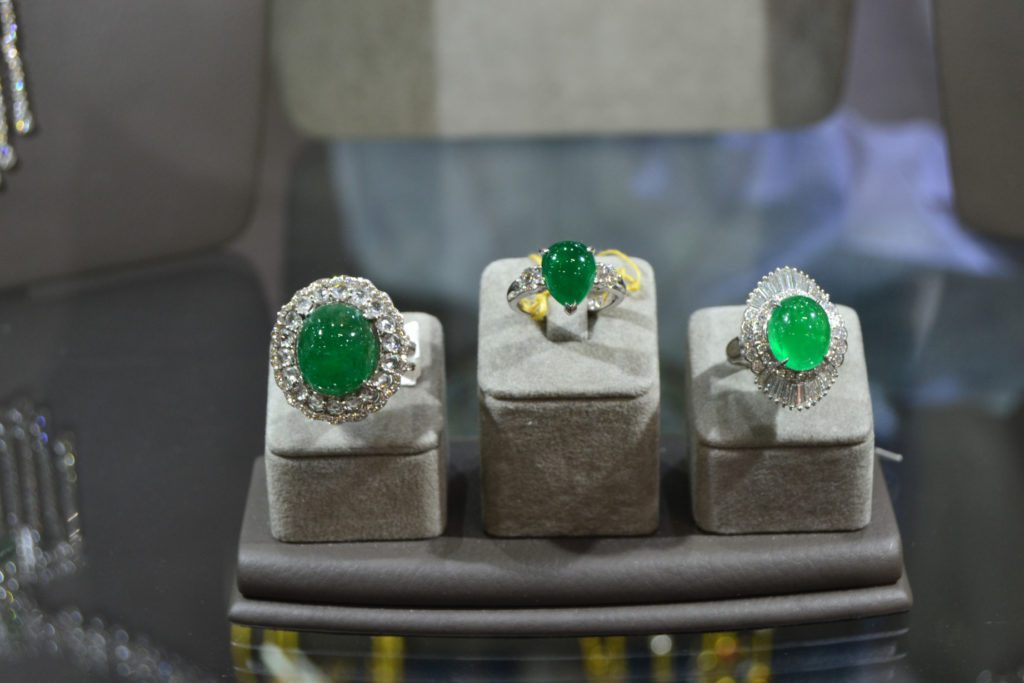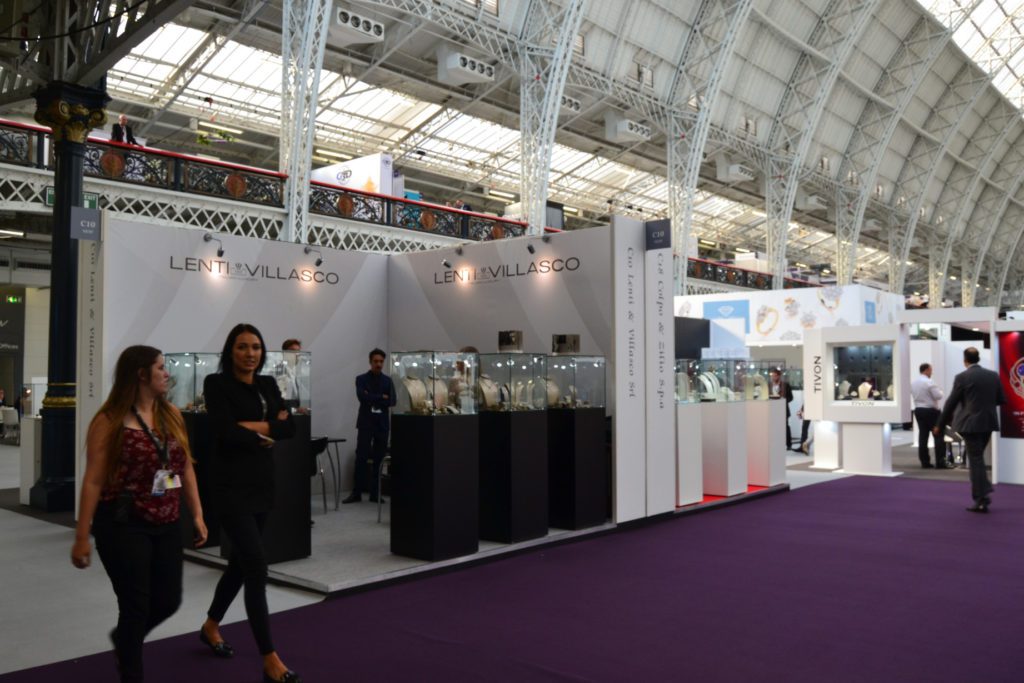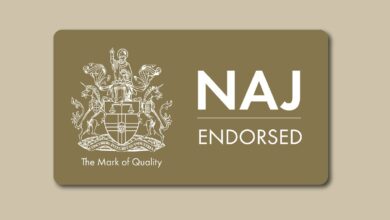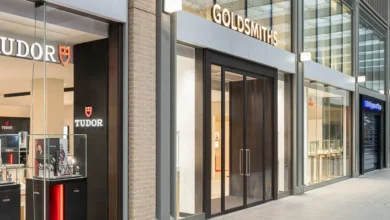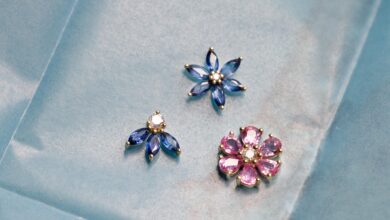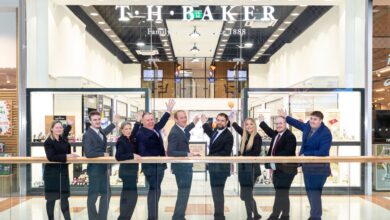Are jewellery trade shows dying?
Swatch Group dropping out of Baselworld has set tongues wagging about the future of jewellery trade shows. LEWIS CATCHPOLE and ALESSANDRO CARRARA visited International Jewellery London 2018 to see how the show is fairing and ask exhibitors for their views on this most traditional of formats.
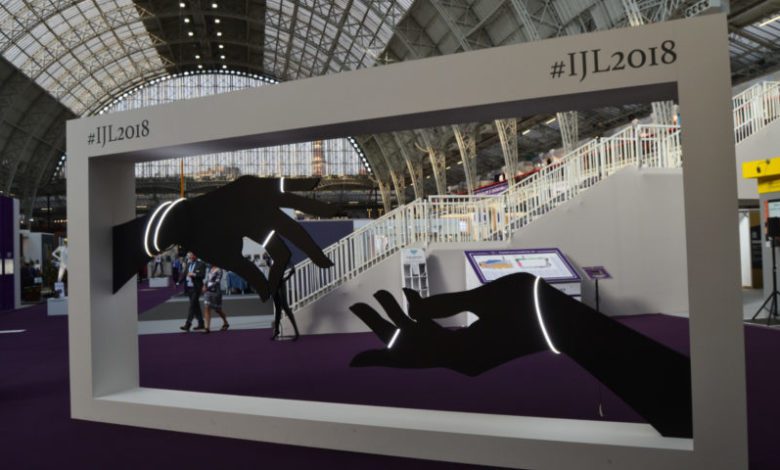
Register to get 1 free article
Reveal the article below by registering for our email newsletter.
Want unlimited access? View Plans
Already have an account? Sign in
“A different rhythm and a different approach is needed. In this new context, annual watch fairs, as they exist today, no longer make much sense. This does not mean that they should disappear, but, it is necessary that they reinvent themselves, responding appropriately to the current situation and demonstrating more dynamism and creativity.”
Those are the damning words of Nick Hayek CEO of the watch giant, Swatch Group, who announced earlier this summer that his company would not be returning to the European watch and jewellery show, Baselworld.
The announcement that one of the world’s largest watch groups, which encompasses 18 brands including Breguet, Blancpain, Longines and Omega, as well as Swatch, would not be returning is just the latest blow in what has been a series of tough years for the show. Since 2016 the exhibition has seen its exhibitor numbers drop from 1,500 to just 700 in 2018 and the number of days the show runs cut from eight to six.
Lee Ruben, managing director of jewellery manufacturer Gemex is a former Baselworld exhibitor who recently decided that his company would also not return to the show. “We exhibited at Baselworld for six or seven years running,” says Ruben, “but we have found recently that less and less people are spending money on jewellery, as the watch companies have become very heavy-handed and are wiping out people’s budgets before they reach the jewellery stands.”
He says he noticed a “dramatic drop” in business at Baselworld and took the decision two years ago to leave, saying he had “no regrets as even the Swatch Group has dropped out”. “If a watch company has decided to drop out then that says a lot about the state of Baselworld,” he adds.
It’s a view echoed by Steve Brookes, sales manager at jewellery brand Charles Green. “We stopped Baselworld because we went a little naively the first time, in 2016,” he says. “We turned up and didn’t know what to expect, we saw mainly existing customers as opposed to new customers, which is fine, and it raised our profile a little bit.
“But it was very obvious to us that this wasn’t a jewellery show anymore, this was a watch show. People were coming to us having done their Rolex, Omega and Tag appointments, who had given their money to those people and had nothing left to spend with us. The second year in 2017 the floor above us was completely closed, 220 exhibitors down, we weren’t going to go in 2018 because it was only shrinking.”
Such whispers led to the resignation of René Kamm CEO of MCH Group, which runs the event, in August, after nearly 20 years at the group. Kamm was said to have played a crucial role in the creation of Baselworld and his departure, coupled with Swatch’s announcement, led to questions around the future of the show. In a statement that followed Kamm’s resignation, MCH said: “[The] Swatch Group announced via Sunday’s media publications its decision not to participate in the Baselworld 2019, a decision MCH Group deeply regrets. Although it does not generally question the continuation of the Baselworld trade fair, the withdrawal of this important exhibitor has led to questions concerning the consequences for MCH Group’s results.
“Those responsible for Baselworld are engaged in intensive exchange with major segment representatives and have created a solid basis for a successful Baselworld 2019 in the form of conceptual innovations. The decision by Swatch Group not to participate in Baselworld 2019 will have an effect on the results for 2019 that are as yet inestimable.
“The question here is whether a additional value adjustment on the exhibition premises in Basel will be necessary. As stated in a communication from February 2018, this depends on the future utilisation of the exhibition premises’ capacity and the success of the events it hosts. The corresponding estimation is subject to continuous review.”
That the very existence of Baselworld’s is alluded to by its owners’ statement indicates the value on trade shows placed by those in the industry seems to be shifting. It poses the question: are trade shows still relevant?
THE STATE OF IJL
Philip Kydd, founder of Philip Kydd Gold & Silversmiths has been attending the show “on and off” since the mid-80s, but dropped it for a few years and only started coming back around six years ago when the show was still held at the (now demolished) Earls Court centre. He says the main reason he stopped attending the first time was due to “a distinct decline in sales”, both in terms of visitors and in “actually taking orders – the two things you come for”. Kydd decided to “give it a rest” for one year and instead focused on visiting his customers in person instead, which he said “worked very well”, and continued to do so for a few years.
“After a while I then thought it may be necessary for us to still have a presence here,” he adds. “The first year back a couple of customers who I hadn’t seen (who I usually saw at shows) said they thought I went out of business. When you are a small business and don’t have the budget for things like PR, this to an extent is a PR exercise but the prime objective is to take orders and get new contacts.
“Although I would say the value in coming here is not what it used to be, and there is so much competition with the internet and the modern way of doing business. I think is it still so relevant? Probably not – the footfall is down and being here overall is expensive. You have to weigh up the benefits and what it is actually costing you.”
Pricing concerns, compared with the value of actually attending, are also shared by Spencer Dryer, of BQ Watches, who thinks that the last few years for the show have been “difficult”, and the number of people attending has, in his perception, diminished. “The first day was busy-ish but with the internet and everything it is not the same as it was,” says Dryer. “I think our attendance here is going to be seriously looked at – I would like to keep coming here but it does have to be looked at whether it is still viable. “It is really difficult and if I was the person running this show – with money as no object – I still would not know what to do to try and fill the hall with retailers and watch brands,” says Dryer.
In defence of the show, Fotoulla Michael, head of sales at IJL, said in a statement (IJL declined to participate in a telephone interview): “Overall, we have had a pleasing response from exhibitors and visitors to IJL 2018. It felt lively and bustling, with an apparent appetite to buy and it was wonderful to welcome a host of well-known jewellery designers. Top UK and international manufacturers were very much in evidence and we greatly enjoyed shining a spotlight on the fantastic past, present and future of the Jewellery Quarter in Birmingham.”
Foutoulla described the general feeling of the show as “bullish” and said the three days were “steady” in terms of attendance and business. “We were extremely pleased to see an uplift in both the quantity and quality of our Diamond Club attendees as well as buyers overall,” she added.
“Anecdotally the ratio year on year of exhibitors was similar although visitors were slightly down on day three and the exhibiting presence in general was steady but we did notice a slight reduction in certain sectors – unsurprisingly perhaps – retail services and some sole traders.”
HOW IS THE SPRING FAIR FAIRING?
Jewellery & Watch Birmingham, a constituent show of the annual Spring Fair at the NEC, has long been considered the ‘opposite number’ of IJL in the UK. Between the two shows, the entire market for national jewellery trade exhibitions was sewn up – for decades. But Andy Twigg, director of lighting company Parify, says he thinks the Spring Fair has fared “even worse”, describing the hall as “dead” footfall wise and lamenting how many exhibitors have pulled out in recent years.
There were 216 jewellery exhibitors at the show this year, less than half the number at IJL which came in at just over 500. In Twigg’s view, “five days is too long”, and he made the decision to leave alongside other people he knows who he says “aren’t going to do it anymore”. “Having made that decision, we are just left in the UK with the IJL, which itself is almost getting to the same tipping point as the Spring Fair. Not quite to that ‘crucial point’, but if it continues to decline we might do one more year, and that’s it.”
Having attended IJL for four years, he says the key to a successful trade show is “attracting people from around the world. Otherwise they will go to Italy, Germany and Thailand.” He adds: “It comes down to if you want to spend a week in Birmingham or a week in Venice. People will prefer the European countries and places like Vegas.”
He adds while it is “evident” that the numbers of exhibitors and the numbers of clients has decreased among the UK jewellery shows, he optimistically notes that in any industry: “You have got to keep moving forward. For us an exhibition is not just about taking orders, its to test the products and whether its going to be accepted by the market. It’s not just pure sales.”
Gemex’s Ruben says IJL is actually in “pretty good shape” when compared to the Spring Fair, “as it has to be because it’s the only major show in the UK now, the Spring Fair isn’t what it used to be”. He adds that he used to exhibit there for over 14 years but will not do so next year. “If not enough people come to the show what is the point?”
Fundamentally, Ruben believes that the main function of trade shows has changed over the years and is no longer about making sales but is instead used mainly as a marketing exercise. “Costs have increased,” he says, “and the number of orders you take at shows has definitely decreased – it has become more of a flag-waving exercise with customers coming to see what’s new and then book appointments with the reps for later in the year. The days of actually writing an order at the show are few and far between.”
The change in nature of trade shows is something that is also recognised by Brookes, who after attending the show in 2012, took a two-year break before returning in 2014. He says he found “you can’t put a value” on the face-to-face marketing it facilitates.
“It’s changed from a sales exercise really to a bit more of a even split between sales and marketing, but as cliche as it sounds it is about the networking opportunity. I spoke in the build up the IJL with people who said they weren’t going to be buying from me from the show, but who still spent the time with me to go through what was new at the show so they would be aware what we had when they were ready to buy.
“I wouldn’t have had that opportunity if I wasn’t here. Just having conversations with the passers-by, them seeing the imagery, having a glance at the products, I don’t think you can put a value on that. I think it is invaluable.” However Brookes did note that the opening day of IJl 2018 did feel “quieter than usual”.
While IJL may be perceived to be fairing a bit better than Baselworld and the Spring Fair, there is one trade show that stuck out as remaining relevant among the jewellery industry. Vicenzaoro. Taking place in Vicenza, Italy, and hitting an exhibitor count of over 1,500 jewellery brands, the show boasts dedicated rooms to watches, jewellery machinery and technology, gold jewellery. The show’s January show recorded a 10% increase in visitors compared with the previous year, showcasing that trade shows can still draw in the necessary footfall to stay relevant and refrain from being deemed obsolete.
Leslie Bloch, founder of Bloch & Co, is a regular exhibitor at Vicenzaoro and has done so for around four years. He says in comparison to IJL the show is “so much bigger” and other shows “can’t compare” as its offering is “so different”. He adds: “The show benefits a lot from being international and attracting a large audience, and IJL could definitely be improved if more people from around the whole of the world attended.”
FINAL THOUGHTS
The traditional purpose of a trade show – a physical marketplace for face to face trading – is one that has waned over the years. Gone it seems are the days when a trade show was purely a selling exercise, and coupled with the various positions of strength current shows find themselves in leads to one question coming to the fore – is there going to be a point when trade shows aren’t worth going to?
Pondering on the answer to the question, Ruben says: “That is a difficult question, I think that jewellers are primarily ere to get new customers and if we don’t go to them then they may not come to us – that is what this trade show is for now primarily. The IJL has been good to us – we have made about 12 new contacts who we are meeting now the show has finished. That has been beneficial and it will pay for itself. If that stops then the value comes into question.”
One thing that we took away from speaking with the exhibitors at IJL is how big an impact the internet has made on the value of trade shows, reflecting a change in attitude towards how customers want to be engaged. Dryer says the internet has made the trade show’s role as a ‘middle-man’ “less important”, and added: “If customers wanted to call up anyone at the show see their merchandise they could ship it straight to you, they don’t need to come here and see you face-to-face anymore. With everything like the internet, shipping and deliveries nowadays do people really need to come to trade shows anymore?”


